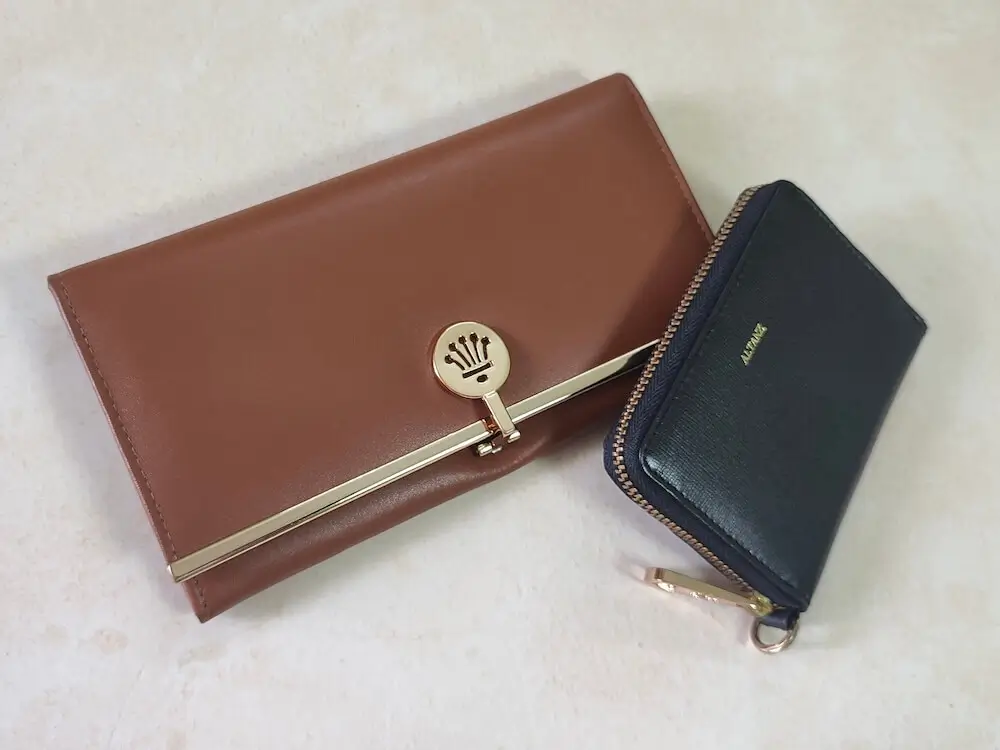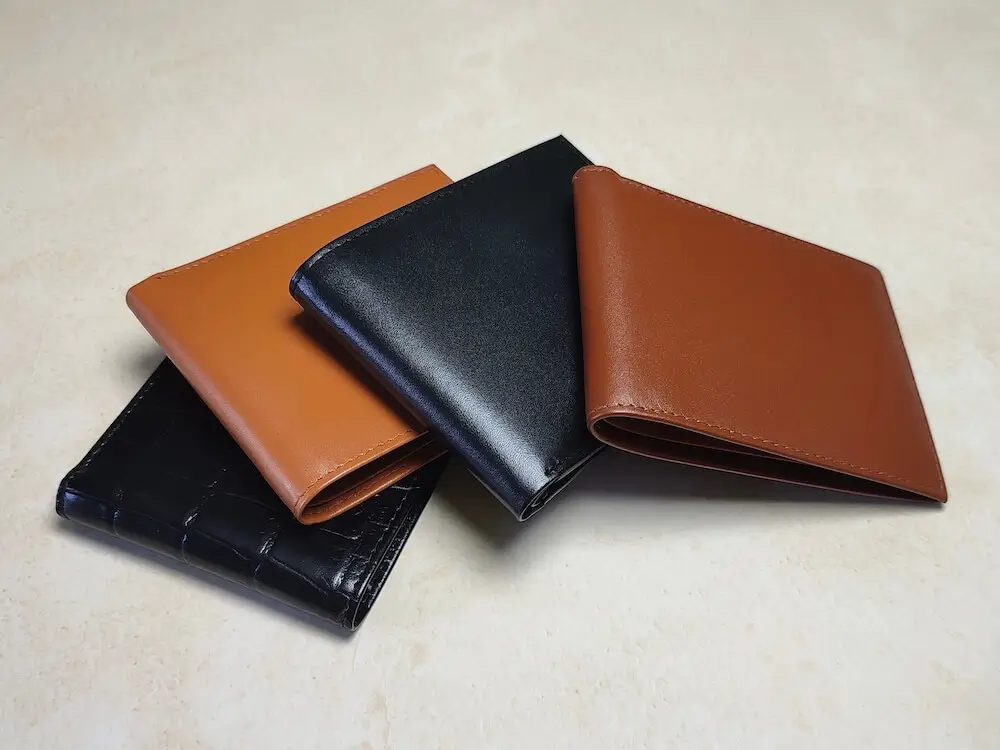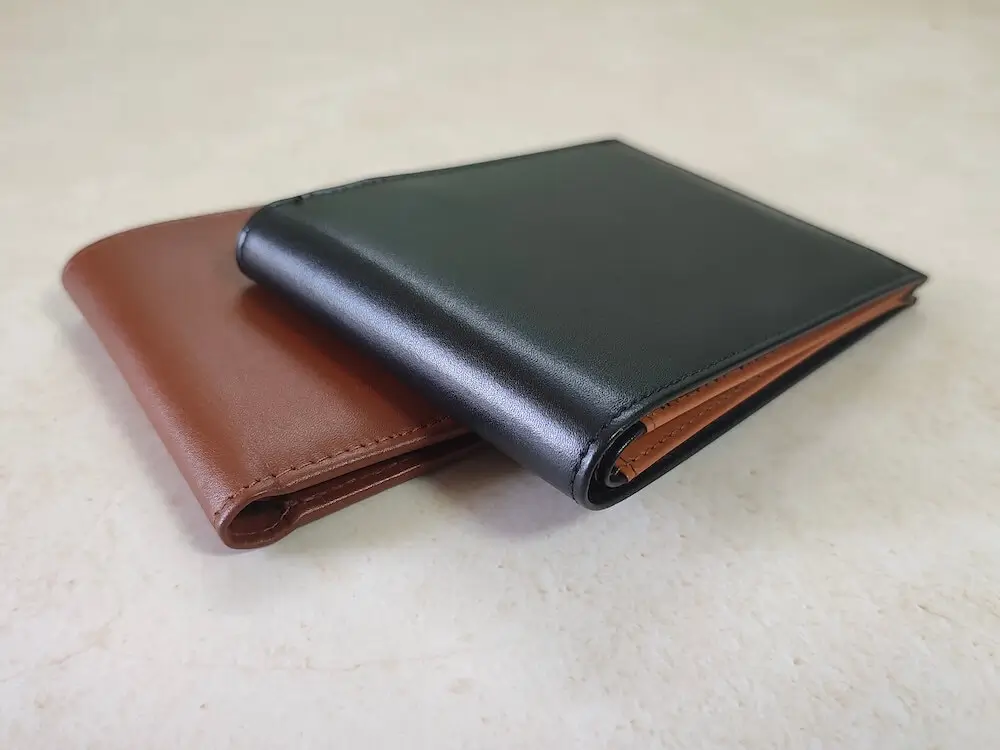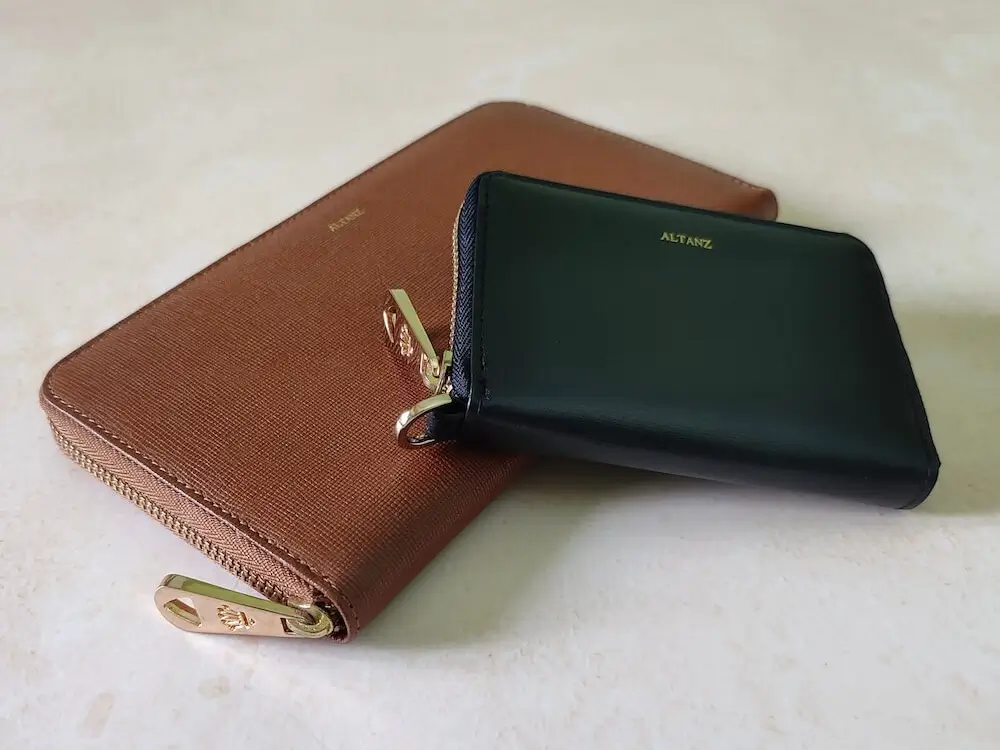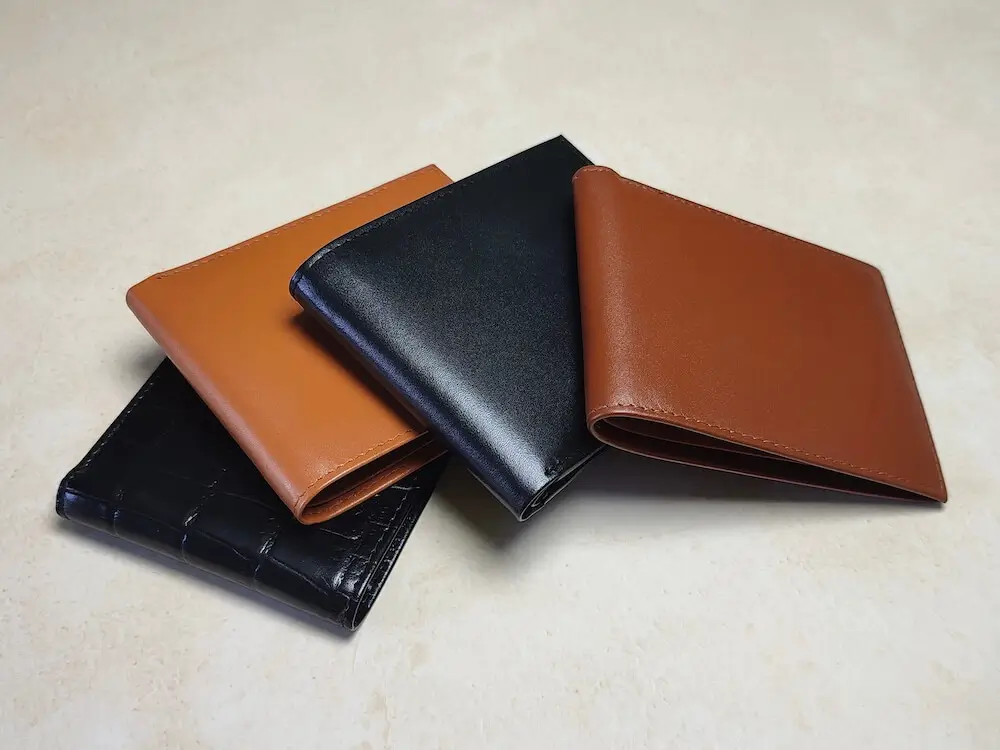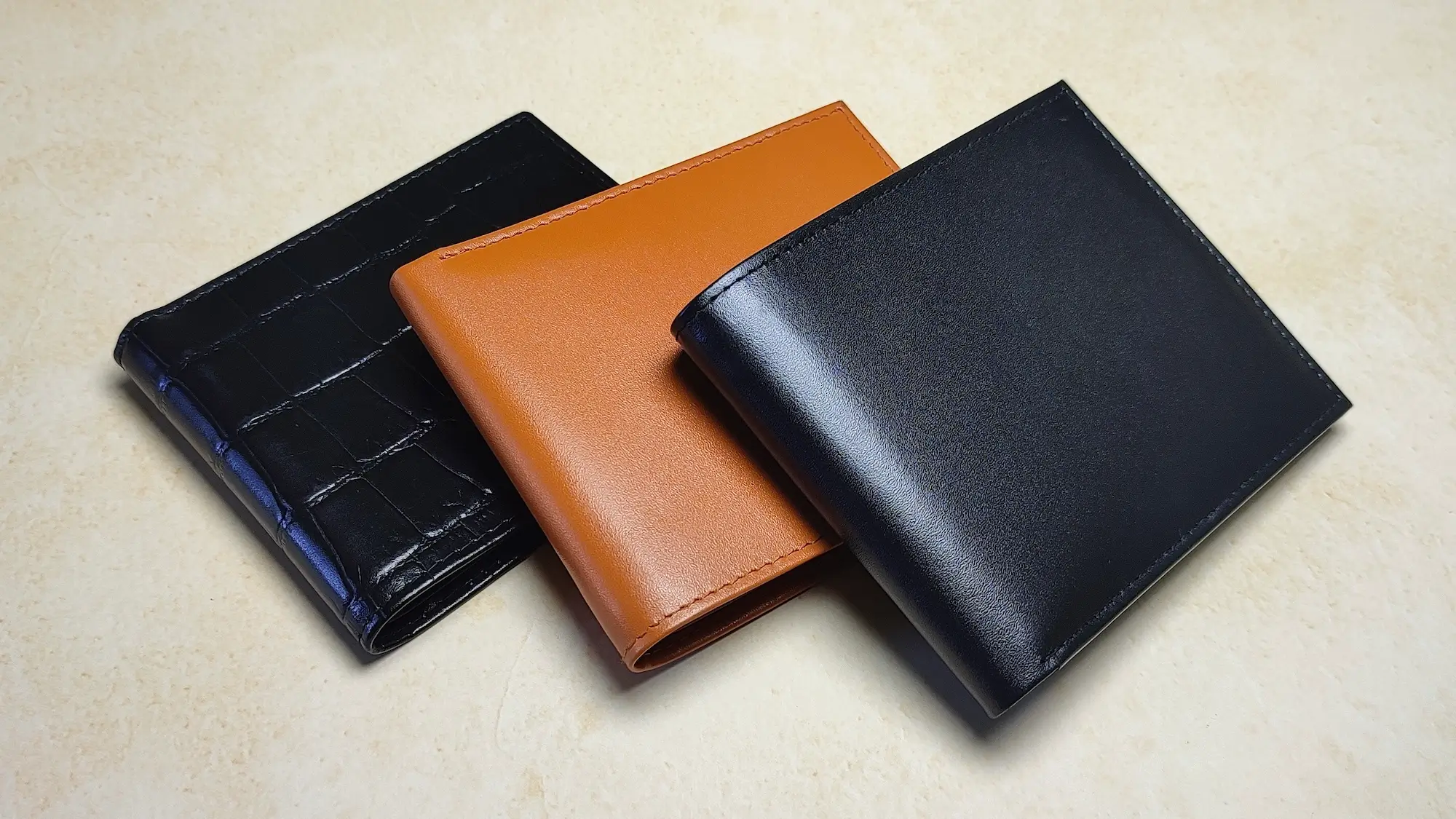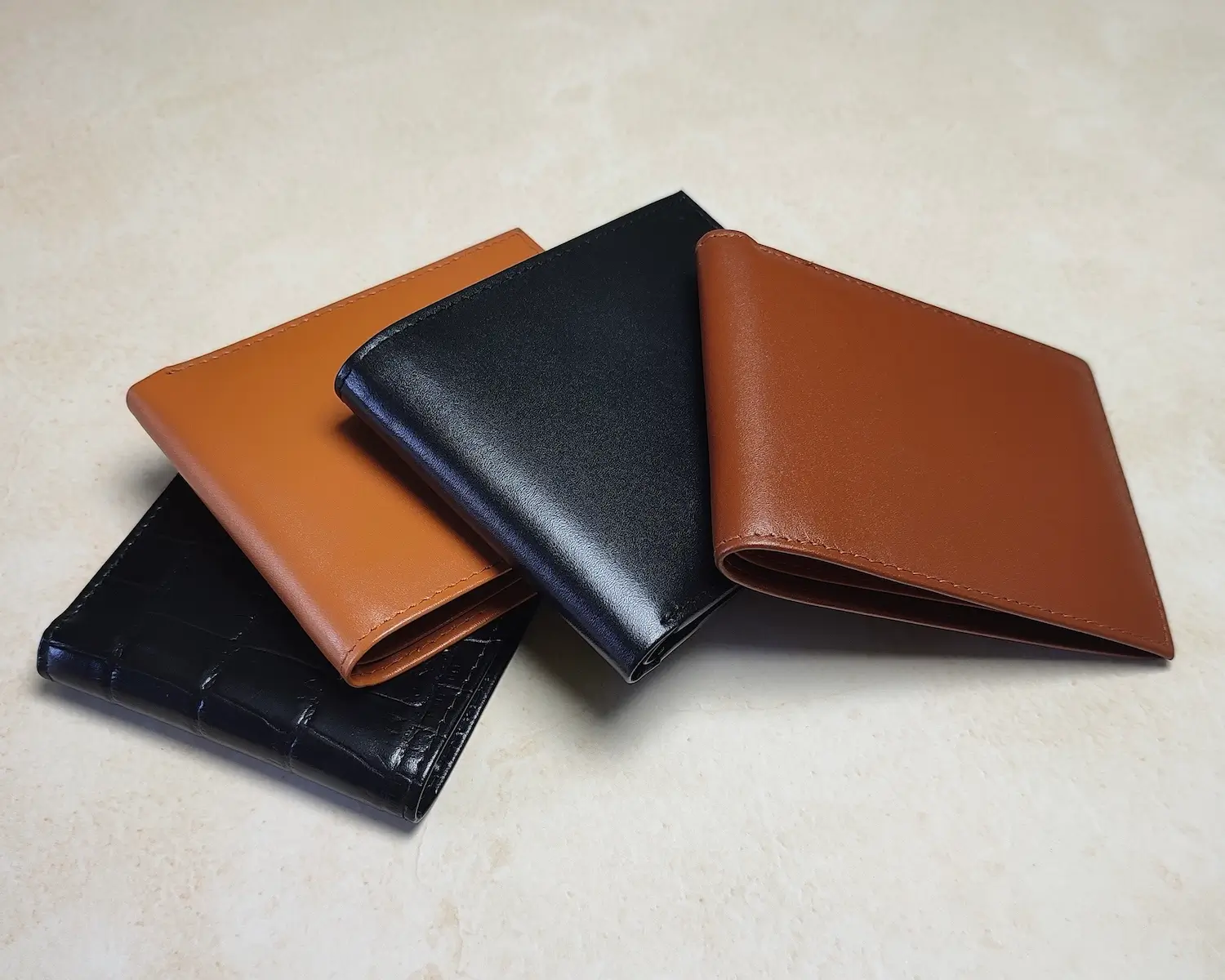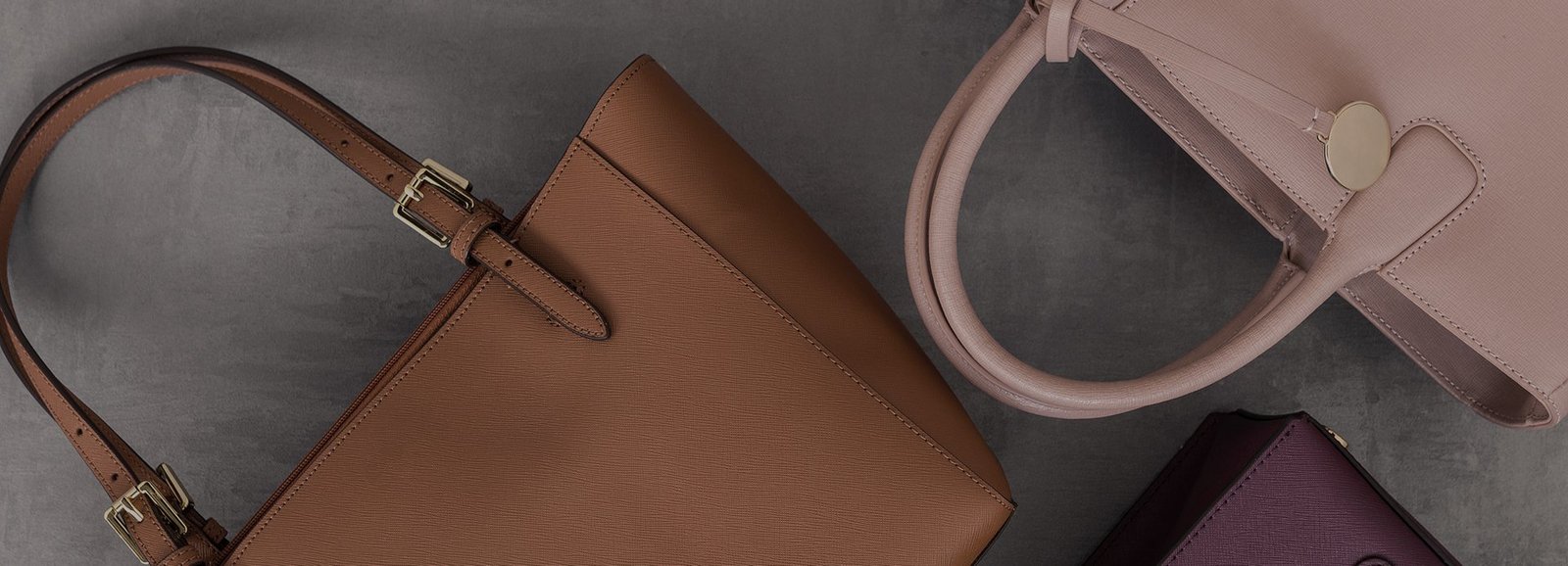Leather Care & Maintenance
How to Remove Water Stains from Leather: Effortless Ways to Erase Water Marks
Introduction
Water stains on leather can be a real headache, whether they appear on your favorite bag, shoes, or furniture. These unsightly marks not only ruin the look of leather but can also damage its texture if left untreated. Fortunately, with the right techniques and tools, you can effortlessly erase water stains and restore your leather goods.
Let’s dive into the step-by-step methods to tackle this common issue.
Why Water Stains Appear on Leather
Leather’s Porous Nature
Leather is a natural material with pores that absorb moisture. When water penetrates the surface and evaporates, it often leaves behind mineral deposits or disrupts the leather’s natural oils, creating visible stains.
Common Scenarios That Lead to Water Stains
- Rain or Spills: Unexpected rain or accidental liquid spills.
- Improper Drying: Leaving wet leather to air-dry unevenly or near heat sources.
Effects of Untreated Water Stains
- Discoloration: Uneven patches that alter the leather’s original color.
- Texture Changes: Stiff or hardened spots caused by moisture damage.
- Long-Term Issues: Cracks or brittleness from loss of natural oils.
Tools and Products Needed for Water Stain Removal
Essential Supplies
- Microfiber Cloths: For gentle cleaning and drying.
- Distilled Water: Prevents additional mineral deposits.
- Mild Soap: Gentle cleaners like castile soap or a leather-specific product.
Additional Tools for Stubborn Stains
- Leather Conditioner: Restores moisture and softness.
- Saddle Soap: Ideal for cleaning and moisturizing full-grain leather.
- Suede Eraser and Brush: For water stains on delicate suede or nubuck.
Step-by-Step Guide to Removing Water Stains from Leather
1. Cleaning Surface Stains
- Dampen a Cloth: Slightly dampen a microfiber cloth with distilled water.
- Blot the Stain: Gently dab the water stain, working from the edges inward to avoid spreading.
- Dry Evenly: Allow the leather to air-dry naturally in a cool, shaded area.
2. Removing Deep Water Stains
- Create a Damp Surface: Lightly moisten the entire stained area with a damp cloth to blend the mark.
- Wipe Gently: Use circular motions to even out discoloration.
- Let It Dry: Allow the leather to dry completely in a well-ventilated space, avoiding heat sources.
3. Conditioning After Stain Removal
- Apply a small amount of leather conditioner to a soft cloth.
- Rub it into the cleaned area using gentle, circular motions.
- Buff the surface with a clean cloth to restore shine and suppleness.
Specialized Techniques for Different Types of Leather
Full-Grain and Top-Grain Leather
- Use saddle soap sparingly to clean deeper stains.
- Always condition after cleaning to maintain the leather’s natural oils.
Suede and Nubuck
- Gently brush the affected area with a suede brush to lift water marks.
- For persistent stains, use a suede eraser or a vinegar-and-water solution (1:1 ratio).
Faux Leather
- Wipe with a damp cloth and mild soap. Faux leather is less absorbent, so stains are usually surface-level and easier to remove.
Preventing Water Stains on Leather
Applying Waterproofing Treatments
- Use products like Collonil Carbon Pro or Kiwi Protect-All to create a water-repellent barrier.
- Reapply waterproofing sprays every few months or after cleaning.
Proper Drying Techniques
- Always blot wet leather with a microfiber cloth rather than rubbing it.
- Avoid drying near heat sources like radiators, as this can cause cracking.
Avoiding Common Mistakes
- Never use excessive water to clean water stains—it can worsen the issue.
- Don’t leave leather in direct sunlight while drying, as it may fade or stiffen.
When to Seek Professional Help
Severe Stains That Won’t Lift
If water stains persist despite your best efforts, it may be time to consult a professional. This is especially true for:
- Deep Discoloration: Stains that penetrate beyond the surface.
- Expensive Items: Luxury bags, jackets, or furniture that require expert handling.
- Large Stained Areas: Extensive marks that are challenging to treat evenly at home.
Benefits of Professional Leather Cleaning Services
- Expert Techniques: Professionals use advanced tools and methods to restore leather without causing additional damage.
- Customized Solutions: Tailored treatments for specific leather types and stains.
- Preservation of Value: Ensures your leather item retains its quality and longevity.
Common Mistakes to Avoid When Removing Water Stains
Using Too Much Water
- Overhydrating leather can lead to larger stains and uneven drying. Use only a damp cloth and avoid soaking the material.
Skipping Conditioning
- Cleaning often removes natural oils from leather. Skipping the conditioning step can leave the leather dry, stiff, and more prone to future damage.
Rushing the Process
- Attempting to dry leather quickly with a hairdryer or heater can worsen stains and cause cracks. Patience is essential for effective cleaning and restoration.
Conclusion
Water stains on leather may seem daunting, but with the right tools and techniques, they can be removed effortlessly. By understanding the causes of water marks and following simple cleaning and conditioning steps, you can restore your leather items to their original beauty. Prevention is key, so always protect your leather with waterproofing treatments and handle spills promptly. For stubborn stains or valuable items, professional help is a reliable option to ensure lasting results.
FAQs
-
Can all water stains be removed from leather?
Most water stains can be treated with home remedies or professional cleaning, but success depends on the severity and type of leather. -
What’s the best way to dry leather if it gets wet?
Blot it gently with a microfiber cloth and let it air-dry in a cool, shaded area. Avoid using direct heat or sunlight. -
Can I use household products like vinegar to remove water stains?
Yes, but dilute it with water (1:1 ratio) and test on an inconspicuous area first to ensure it won’t discolor or damage the leather. -
How do I prevent water stains on suede or nubuck?
Apply a suede protector spray regularly and avoid exposure to water. For added protection, store suede items in dry, dust-free environments. -
Should I condition leather after removing water stains?
Absolutely. Conditioning restores lost moisture, prevents drying, and keeps the leather soft and supple.
FAQ : Frequently Asked Questions
How to Remove Water Stains from Leather: Effortless Ways to Erase Water Marks
Answer:
Most water stains can be treated with home remedies or professional cleaning, but success depends on the severity and type of leather.
Answer:
Blot it gently with a microfiber cloth and let it air-dry in a cool, shaded area. Avoid using direct heat or sunlight.
Answer:
Yes, but dilute it with water (1:1 ratio) and test on an inconspicuous area first to ensure it won’t discolor or damage the leather.
Answer:
Apply a suede protector spray regularly and avoid exposure to water. For added protection, store suede items in dry, dust-free environments.
Answer:
Absolutely. Conditioning restores lost moisture, prevents drying, and keeps the leather soft and supple.



